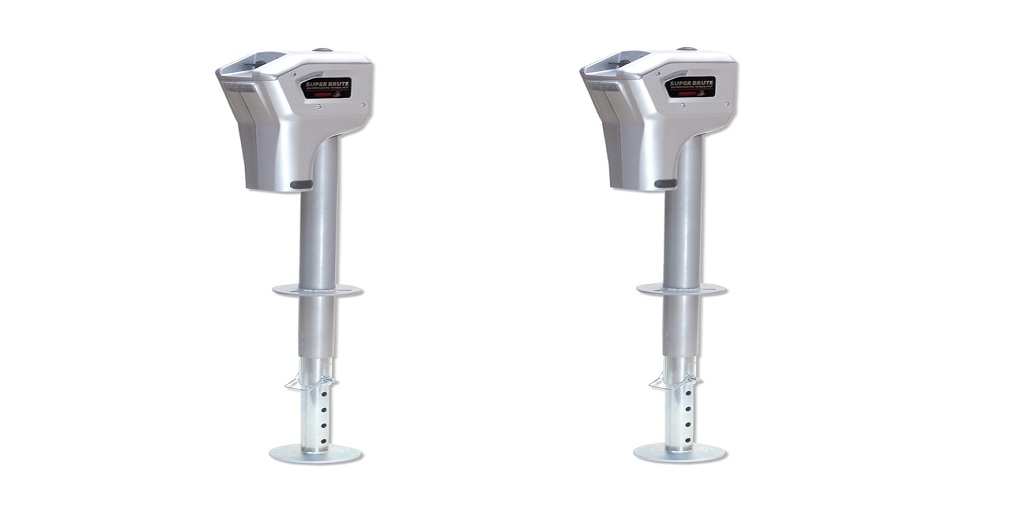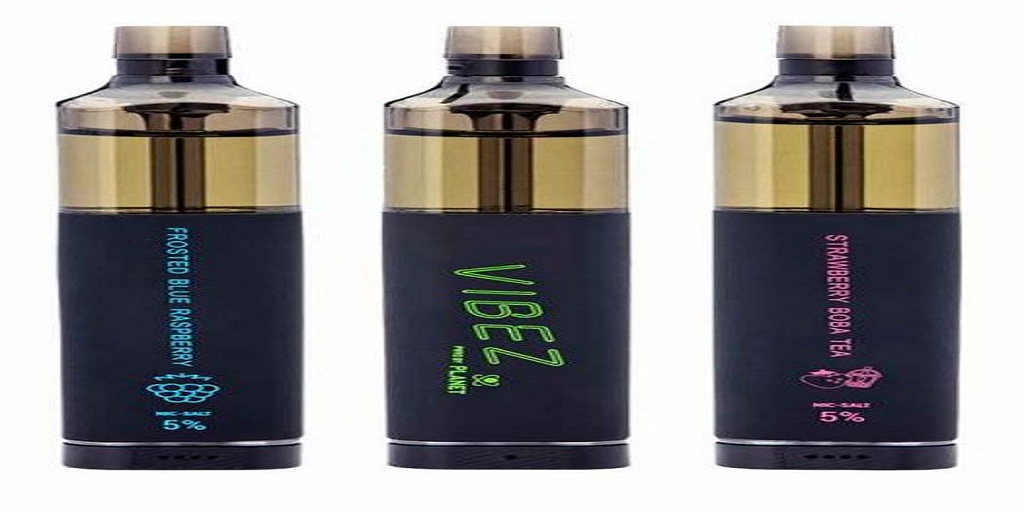As the name suggests, this industrial equipment employs desiccant materials to dry the air it circulates, a process called adsorption drying. A conventional desiccant dryer system has a two-tower setup to guarantee that the drying process is uninterrupted.
What is Desiccant, and how is it used?
When you open a new box of gadgets, pharmaceuticals, or apparel, you may find a little mesh packet with wording like “Desiccant, Do Not Eat.” Protecting the product in these packets is done by hygroscopic beads (usually silica or activated alumina). Industrial applications for desiccants include, but are not limited to, the removal of moisture from compressed air.
Compressed air is dried and the desiccant becomes saturated with water as a result of water vapor being transferred from the damp compressed air. The gathered moisture must be purged from the desiccant for it to restore its drying ability.
What is the desiccant air dryers’ mechanism of action?
The desiccant medium absorbs moisture from the wet air that flows across it. The ability of the desiccant medium to absorb moisture is limited, and it must be dehydrated off or regenerated after that. When this is done, the desiccant medium in the tower is depressurized and the water that has accumulated is drained out of it. How this occurs varies depending on the type of desiccant air dryer used:
Heatless Desiccant Air Dryer
Dryers that use heatless air are pressure swing adsorbers that are meant to keep the desiccant beds warm during the drying process.
Consuming adsorption heat during regeneration ensures that desiccant may be used for long periods. The heatless dryer cannot regenerate if heat is lost quickly, such as through high flow rates, and the system malfunctions, necessitating a lengthy period of processing at minimal flow before proceeding. To maintain continuous operation, the dryer relies on the heat of adsorption generated during the drying process.
Blower Purge Dryers
Heat-activated dryers are known as blower purge air dryers. Blower purge dryers employ a mixture of air from an external blower, heat, and a small amount of compressed air. For those who don’t want to waste any compressed air during the blower regeneration process, they are among the most cost-effective dryers to run.
The heat of Compression Dryers
Moisture is present in the air by definition. There may be a lot of moisture in the air, depending on where you are in the world. When humidity, or moisture, isn’t correctly controlled, it may have a significant impact on your production operations.
To get the best results, make sure that your compressed air has been well dried. Desiccant drying machines that use heat compression are called regenerative desiccant drying machines. By absorbing water molecules from the air and eliminating them from the surrounding medium, these devices successfully remove moisture from the environment.
In a nutshell, compressed air is dried using a desiccant dryer, which uses an extremely porous substance called desiccant to absorb the moisture from the air. Compressed air carries water vapor into the desiccant pores, where it is drawn to the porous surface and thus, adsorption occurs.
In the process of absorbing water vapor, heat is expelled. For as long as the desiccant retains the water on its surface, it may be regenerated and utilized over and over.
Where to Purchase Desiccant Air Dryers
Many different air drying systems are available, however not all of them will meet your specific air drying requirements. Before investing in an air drier system for your industrial operation, consult with a reputable organization with considerable experience in air-drying systems.
Compressed air dryers are a specialty of Air & Vacuum Process INC, which has been in business for many years and is well-versed in the products it sells and recommends. Compressed air drying systems from this company are known for their efficiency and cost-effectiveness. Visit their website today.

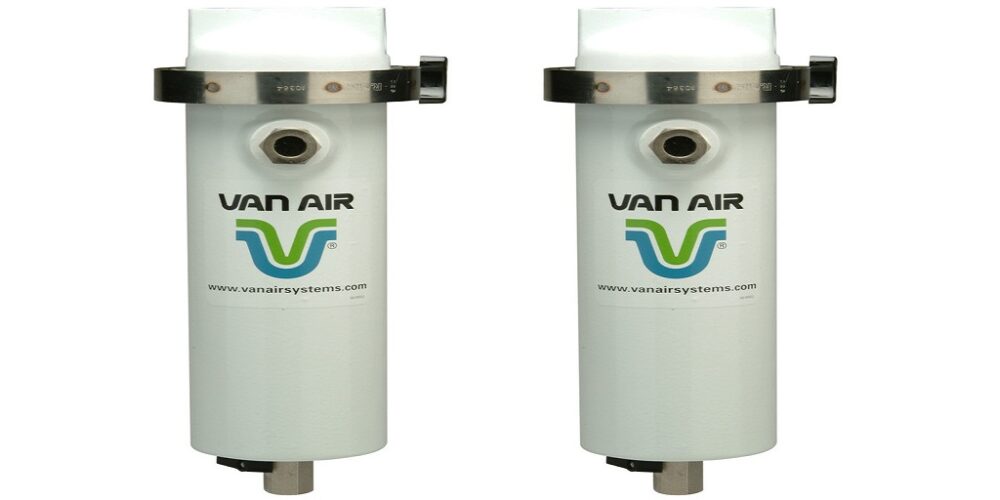
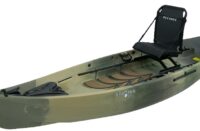
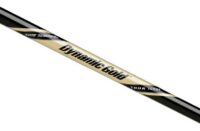





![[Pretty Much] Everything You Wanted to Know About Unicycle Seatpost Clamps](https://www.enewsdiary.com/wp-content/uploads/2023/09/1024512-64-90x60.jpg)

